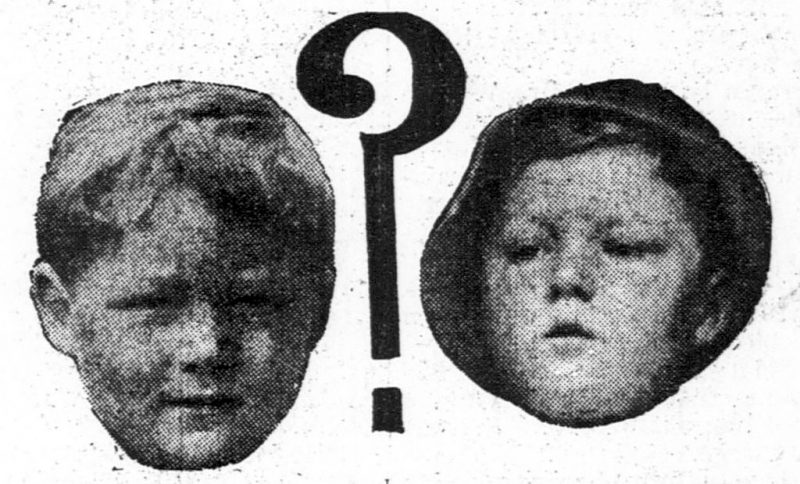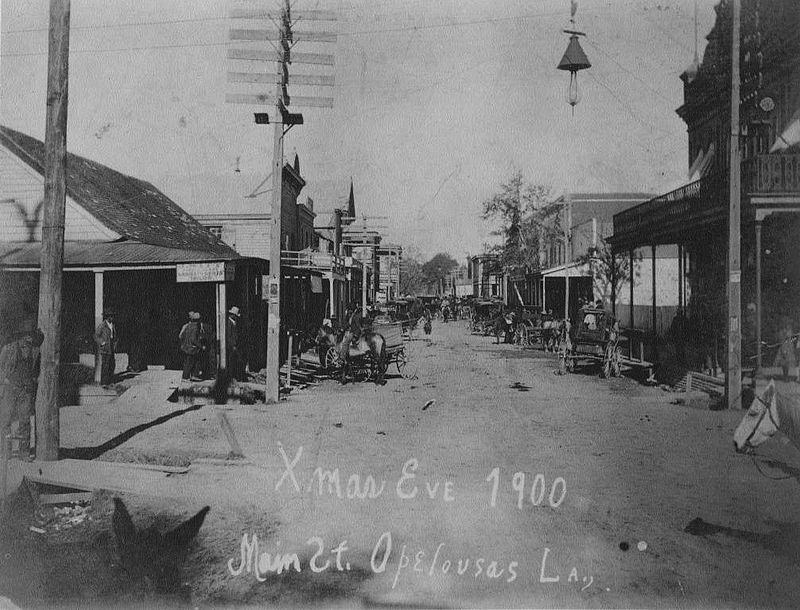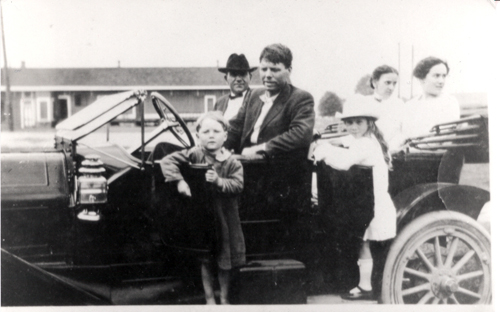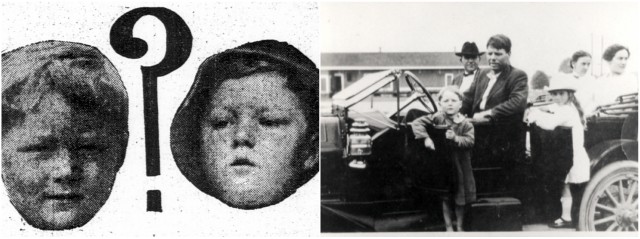In 1912 and 1913, the American newspapers widely reported about the disappearance of a four-year-old boy named Bobby Dunbar.
The investigators were searching for the boy across the United States for months when eventually they found the boy and returned him to his parents.
However, years later, when DNA technology developed, Bobby Dunbar’s descendants were in for quite the shock. Lessie and Percy Dunbar were spouses who lived in Opelousas, Louisiana. In 1908, Lessie gave birth to a baby boy named Bobby.
When Bobby was four years old, his family decided to go on a fishing trip on Swayze Lake near Opelousas. Their trip didn’t appear to be such fun.
On August 23, 1912, little Bobby simply vanished. He wandered off unnoticed. His parents quickly contacted the police.

Many volunteers participated in the search for the boy. They searched the whole lake trying to find any sign of the boy. Nothing was found in the lake. They even tore open alligators’ stomachs and blew the lake up with dynamite, thinking that would dislodge the boy’s body from the lake. Still, no traces were found.
Soon, the investigators found a set of bare footprints leading to a railroad trestle out of the swamps. Inhabitants claimed that they saw a strange man wandering those parts. This led the Dunbars to believe that their son was in fact kidnapped.
The townsmen got together and managed to raise a $1,000 reward for the one who would return Bobby “no questions asked”.
Bobby’s father, Percey, hired a detective agency to print up postcards with Bobby’s picture and send them to town and county officials from east Texas to Florida.
The following description was printed on the postcard: “Large round blue eyes, hair light, but turning dark, complexion very fair with rosy cheeks, well developed, stout but not very fat. A big toe on left foot badly scarred from burn when a baby.”

In April 1913, the police received a message from the small town of Hub, Mississippi. It said that there was a man in Hub, named William Cantwell Walters, who had a boy in custody who matched Bobby’s description.
The boy’s name was Charles Bruce Anderson. Walters claimed that he received the custody from Charles’ mother Julia. Walters was arrested since the police didn’t believe his story.
The Dunbars immediately went to Hub in order to identify the boy. When the Dunbars saw the boy they weren’t completely sure that it was their child. After bathing the boy, Lessie was certain that it was Bobby.
However, the newspapers published different stories describing the meeting between Charles and the Dunbars. Some wrote that the boy didn’t recognize his brother at all and all he did was cry.
Other newspaper wrote that he immediately shouted to Lessie “Mother”. At the end, the Dunbars took the boy back to Opelousas, celebrating his ‘homecoming’.

A few days later, Julia Anderson came to Opelousas to claim the boy as her son. The police put in front of her a line of boys the same age and appearance as her son. As she was not able to identify her son and not even the boy reacted in any way to her, the boy was given back to the Dunbars.
After a two-week trial, Walters was sentenced to life in prison for kidnapping a child. Two years passed when Walters was released since the town thought that enough was spent on this case.
The boy was raised as Bobby Dunbar. He married and had four children of his own. He died in 1966.
Eighty years later, Bobby’s granddaughter Margaret Dunbar Cutright decided to investigate her family lineage. She secretly believed that she was Dunbar indeed. Her father agreed to give a DNA sample which was compared to the DNA of the real Bobby Dunbar’s brother, Alonzo. The samples did not match.
The real Bobby Dunbar was never found. What happened to the boy still remains a mystery.
